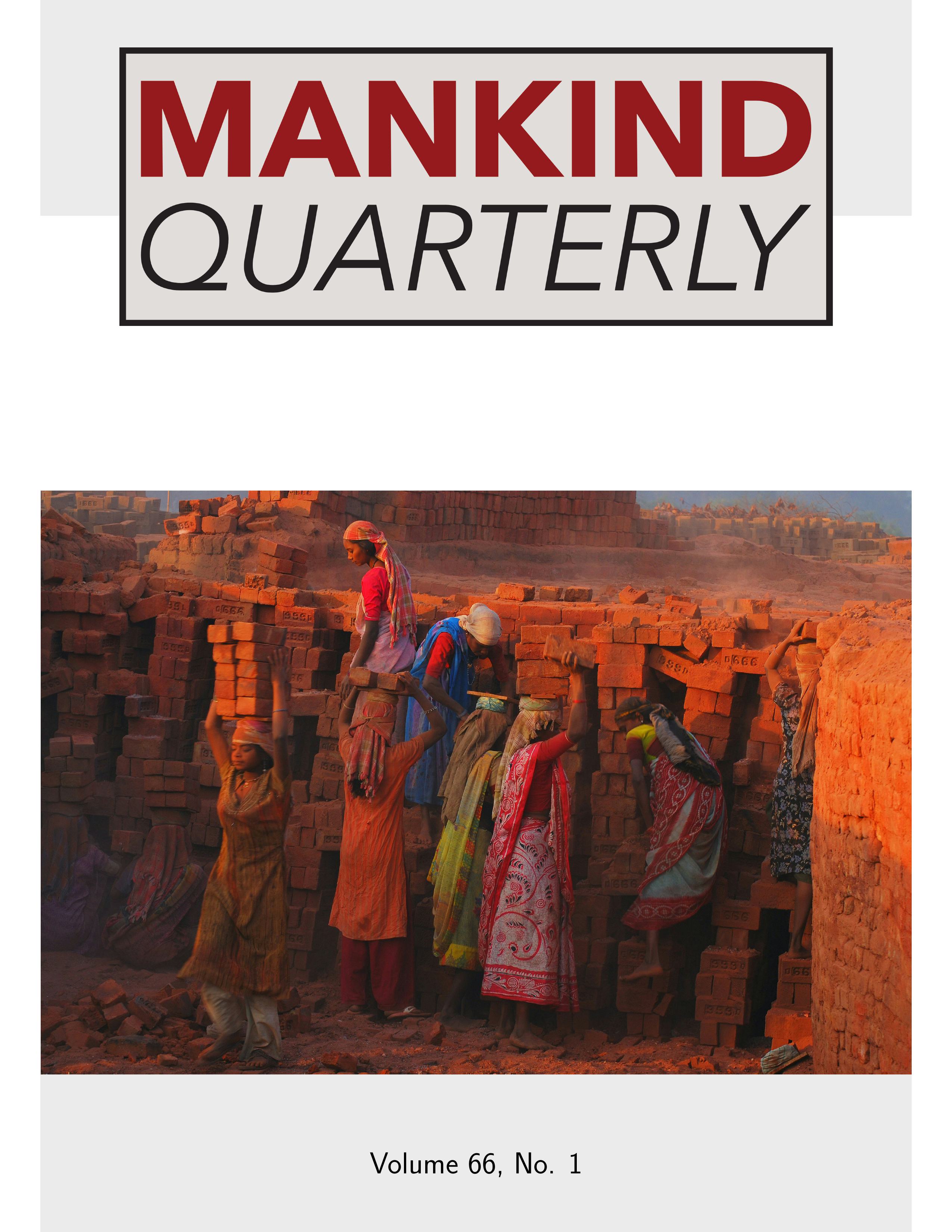Home > Archive > Volume 47, No. 3 > This paper
Finger and Palmar Dermatoglyphics in Beta-Thalassemia Patients
A. K. Bhalla, R. K. Marwaha, Harvinder Kaur and Anju Sharma
Published: 2007/03/01
Abstract
The dermatoglyphic patterns of 149 beta-thalassemia patients (107 males, 42 females) from northwestern India were compared with 198 normal healthy controls (96 males, 102 females). A preponderance of loops over other digital patterns was noticed among the thalassemics represented in the present study, although more whorls had been described in earlier studies of Western and Bengali counterparts. The mean total finger ridge count was significantly higher in thalassemia patients than in controls. In contrast to patients of Western origin, the thalassemia patients in our study possessed significantly higher mean 'ab' and 'cd' interdigital ridge counts than the normal subjects. 'atd' angles were significantly greater in our patients than in controls. The distal placement of the axial triradius, noticed in 2.4% of female and 1% of male thalassemia patients, appears to be a noteworthy finding of our study. The predominant occurrence of open fields and the presence of loops, whorls and arches in the interdigital and hypothenar areas were also found in some patients. Substantial differences in selected dermatoglyphic traits of thalassemia patients have been noted in studies from different parts of the world. These differences appear to be racial/ethnic in origin. Distinctive dermatoglyphic features can be used to reinforce clinical judgment in the diagnosis of beta-thalassemia patients hailing from northwestern parts of India.
Download PDF
